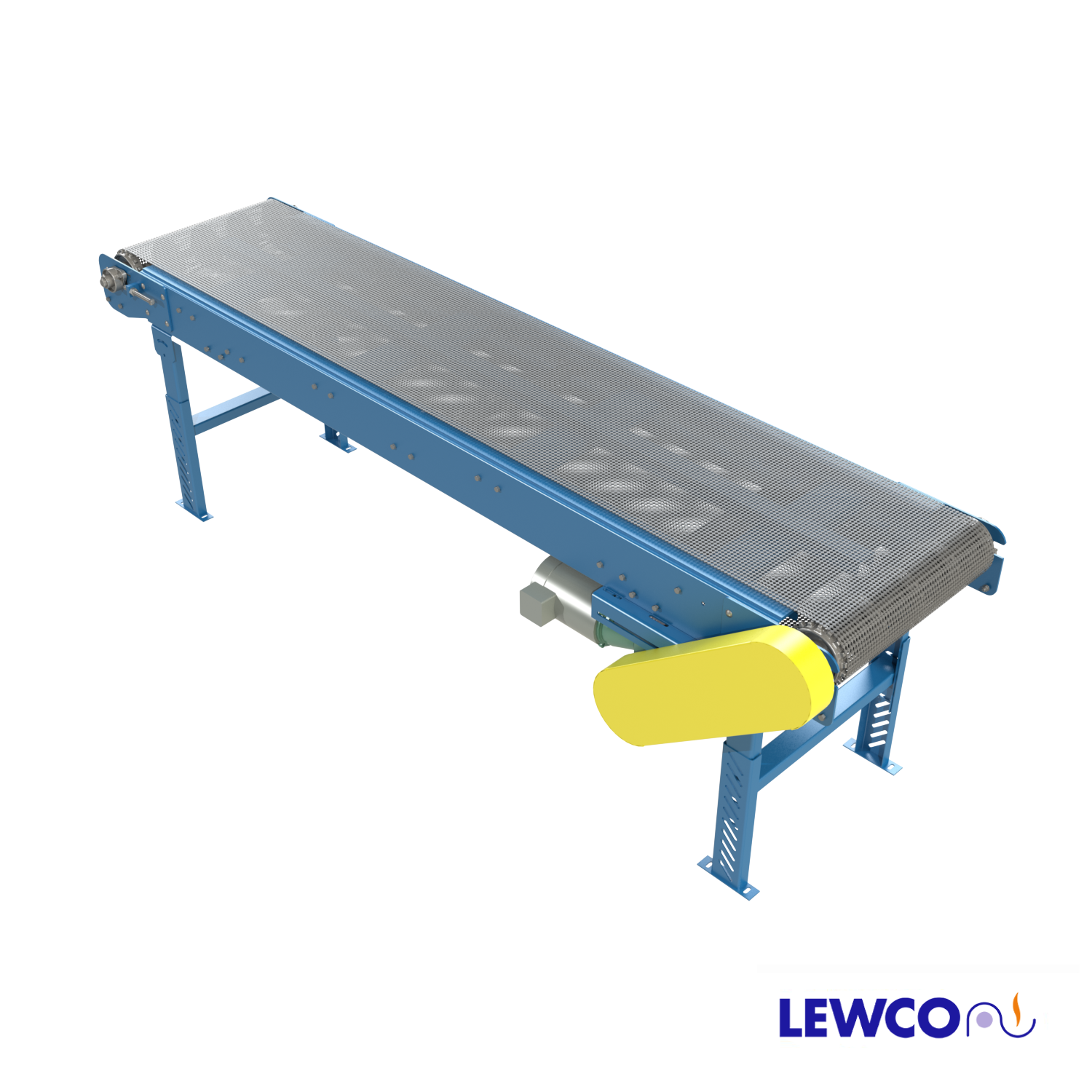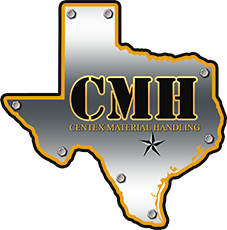Conveyors
Conveyor systems are essential for increasing warehouse efficiency, worker safety, and the variety of materials that can be transported throughout a facility. These systems are extremely helpful for the transport of heavy or bulky materials from one area to another when forklifts or cranes are not viable.
Ball Transfer Table
These tables consist of fixed rotating balls attached to a rigid frame for support and durability that allow flat-bottomed loads to roll across the surface in all directions, reducing the effort it takes to moves loads during packaging or distribution. Ball transfer tables are typically best utilized at transition points (entrances, intersections, or exits) in a conveyor system or at packing stations where loads need to be rotated.

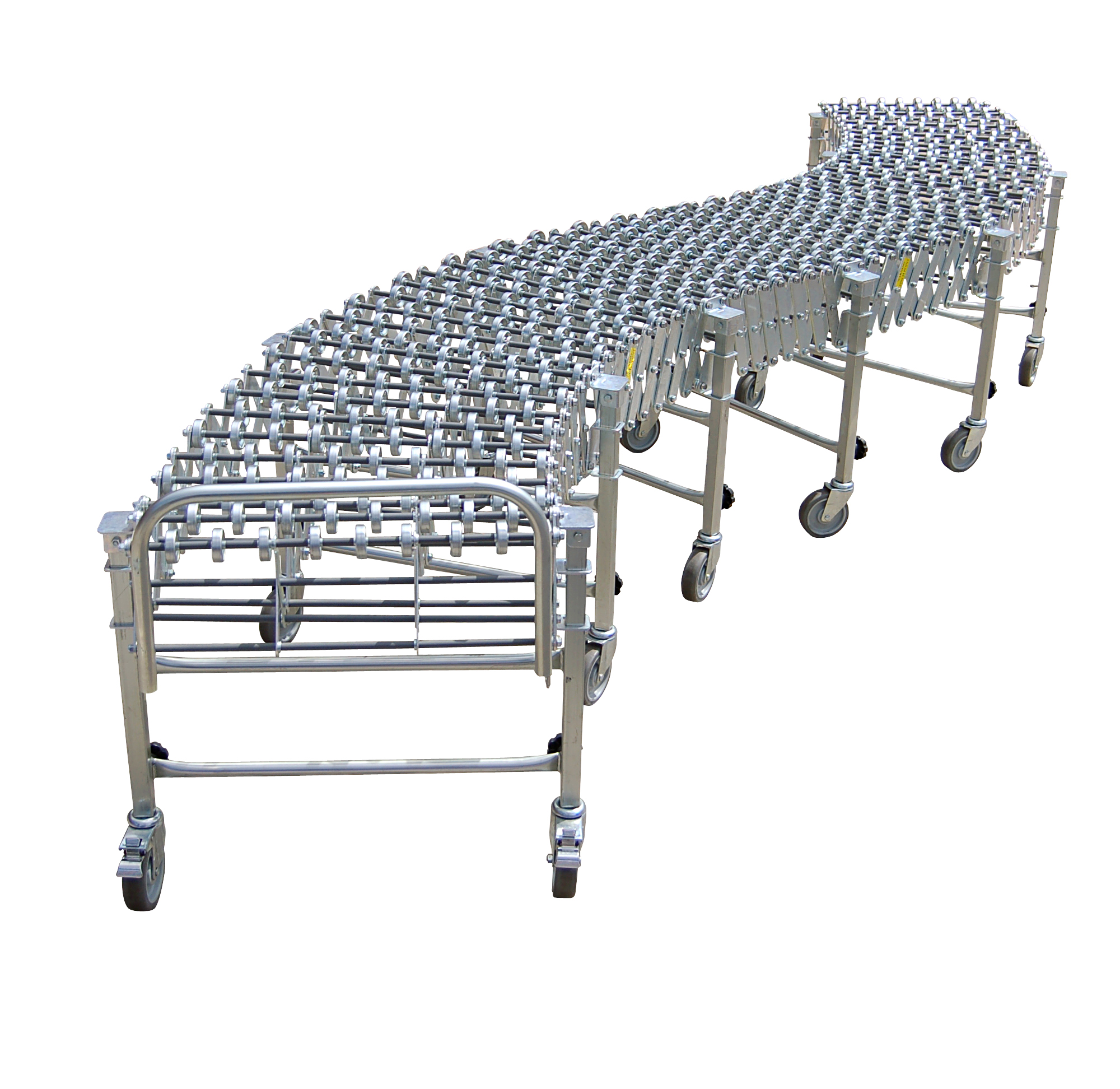
Flexible Gravity Conveyor
Flexible gravity conveyor systems are extremely useful in shipping departments where products need to be moved in and out of trucks or other high traffic areas where the movability, flexibility and maneuverability of goods is essential. These conveyor systems are expandable and can be easily positioned in straight lines or around corners. Because they are retractable, these conveyors can serve as a sustainable long-term solution or can be used temporarily and then stored until needed again.
Gravity Conveyor
Gravity conveyors consist of rollers mounted on a series of axles that are attached to either rigid fixed or telescoping frames. These conveyers provide a stable surface for rolling loads with rimmed or uneven bottoms such as drums, pails, pallets, skids, or bags along a designated path, reducing moving effort. Loads can roll forwards, backwards, or side to side across the full width of the conveyor. Gravity conveyors are well suited for moving heavy loads and have a higher weight capacity than skate wheel conveyors.

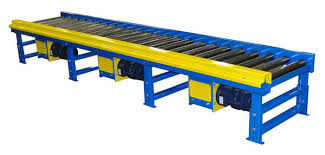
Live Roller Conveyor
Live roller conveyors are a form of roller conveyor system that is powered by a mechanical device. They are best suited for warehouses and manufacturing plants that have automated manufacturing or distribution. Live roller conveyors use motorized movement and can transport a large variety of products.
Omni Directional Conveyor
Omni directional conveyors were developed for zone picking (pick and pass) operations where goods or items are diverted to manual packing areas and then later merged backed onto the main conveyor system because it is capable of receiving or sorting products in multiple directions. Engineered to be cost-effective in low-density applications, this conveyor system can be integrated as a single level in-feed/out-feed automated storage or retrieval system.
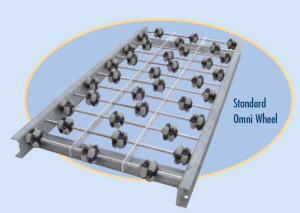
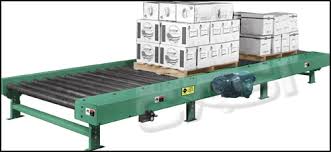
Pallet Conveyor
Not only do pallet conveyors maximize floor space as well as free up forklifts and pallet jacks,but they are designed to increase efficiency, reduce downtime in automation processes, and provide accurate conveying. They also allow for maximum assembly flexibility.
Roller Bed Conveyor
These conveyors are designed to move heavier loads in a large capacity while reducing friction and wear on products. Roller bed conveyors move loads horizontally, or up/down an incline and are ideal in assembly, inspection, or packing operations.


Slider Bed Conveyor
Slider bed conveyors are specifically designed to maintain the position and stability of items during the conveying process. These conveyors can move loads horizontally or up/down an incline. Slider bed conveyors are ideal for moving small or bagged items that may fall or snag between roller or skate conveyors and items with an uneven or irregularly shaped bottom surface. This conveyor is not recommended for fragile items.
Wire Mesh Belt Conveyor
Wire mesh belt conveyors are designed to interface with existing conveyor systems and are custom engineered from standard components. These conveyor systems can be used in various conditions but are most popular for food service solutions because they are able to transport hot, cold, or oily products to or from an oven. They can also be used to transport cooling or frozen items to or from a freezer. A variety of belt types are available depending on the application requirements.
